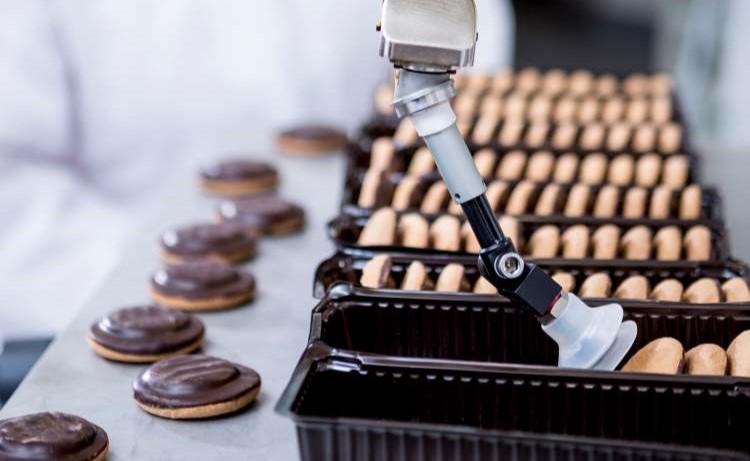Guruprasad Bangle
Chief Technical Officer (CTO), SolutionBuggy
The food manufacturing industry is evolving rapidly, driven by advancements in technology, changing consumer preferences, and the push toward sustainability. Manufacturers are adopting new processing techniques to improve product quality, extend shelf life, enhance food safety, and reduce environmental impact. According to Fortune Business Insights, the global food processing market size is expected to grow from $127 billion in 2023 to $177 billion by 2030, at a CAGR of 4.8%. These innovations offer exciting opportunities for manufacturers to meet consumer demands while remaining profitable and eco-friendly.
- High-Pressure Processing (HPP): A Game-Changer in Food Safety
HPP is a non-thermal pasteurization technique that uses high pressure to kill harmful microorganisms without compromising the nutritional value or taste of the food. By avoiding heat, HPP maintains the texture and color of fresh foods like juices, ready-to-eat meals, and dairy products.
Market Insight: The global HPP market is projected to reach $1.1 billion by 2026, driven by growing demand for minimally processed, clean-label foods.
Key Benefits:
Extended Shelf Life: Ideal for perishable products without using preservatives.
Consumer Appeal: Clean-label products (free from additives) are increasingly in demand.
Real-world example: Many juice companies now use HPP to retain flavor and extend shelf life without sacrificing nutritional value.
- Cold Plasma Technology: Ensuring Food Safety with Minimal Impact
Cold plasma is an emerging non-thermal technique that ensures surface decontamination of food products without chemicals.
Industry Growth: Cold plasma processing is gaining traction in meat, seafood, and fresh produce sectors, expected to grow at a 5.6% CAGR by 2028, with increasing emphasis on eco-friendly methods.
Key Benefits:
Non-Thermal Process: Keeps temperature-sensitive foods intact.
Eco-Friendly: Reduces the need for chemical preservatives.
- Ultrasound Processing: Enhancing Texture and Reducing Processing Time
The ultrasound processing market in food manufacturing is estimated to grow by 6.5% annually, driven by the demand for efficient energy use and enhanced product quality. This technique is widely adopted in the dairy, bakery, and beverage industries.
Improved Texture: Ensures smooth consistency in yogurt and dairy.
Energy Efficiency: Ultrasound reduces processing time, lowering energy consumption.
- Pulsed Electric Field (PEF) Technology: Innovative Pasteurization
PEF is highly effective in preserving liquid foods like juices and dairy products. The PEF market is projected to reach $3.9 billion by 2032, as manufacturers increasingly opt for non-thermal processes.
Enhanced Microbial Safety: Reduces harmful pathogens without heat.
Extended Shelf Life: PEF-treated juices stay fresh longer, meeting consumer demands for clean-label products.
- Fermentation 2.0: Precision Fermentation for Future Foods
Precision fermentation, which involves engineering microbes to produce specific compounds, is at the forefront of food innovation. The global fermented food and beverage market was valued at $561 billion in 2022 and is expected to grow at a 5.2% CAGR by 2030.
Alternative Proteins: Key to producing plant-based meat and dairy alternatives.
Functional Ingredients: Tailors probiotics and bioactive compounds to meet health trends.
- 3D Printing: Customization in Food Manufacturing
3D food printing is revolutionizing food customization, with an expected market size of $1 billion by 2030. It enables companies to design products that meet individual dietary needs, with applications ranging from personalized chocolates to plant-based foods.
Tailor-Made Nutrition: Perfect for sports nutrition or medical diets.
Innovative Designs: Enables new product shapes for pasta, snacks, and desserts.
- Spray Drying and Freeze Drying: Preserving Quality
Spray drying and freeze drying play a key role in extending shelf life, particularly for instant beverages, snacks, and health supplements. The spray drying market alone is forecasted to grow to $7.1 billion by 2027.
Applications: Spray drying is widely used in making milk powders, while freeze drying retains the flavor of fruits and vegetables for snacks.
Shelf-Life Extension: Ideal for exports and emergency food supplies.
- Microwave-Assisted Processing: Faster and Greener Cooking
Microwave-assisted processing (MAP) is gaining popularity for ready-to-eat meals, offering significant reductions in cooking time and energy consumption.
Market Outlook: The global market for ready-to-eat foods is expected to reach $296 billion by 2030, and MAP plays a vital role in maintaining quality while scaling production.
- Advanced Packaging Techniques: Boosting Sustainability
The demand for sustainable and functional packaging is growing, with the global food packaging market projected to reach $606 billion by 2028.
Modified Atmosphere Packaging (MAP): Controls oxygen levels to slow spoilage.
Biodegradable Packaging: Uses plant-based fibers to reduce plastic waste.
These innovations meet the needs of eco-conscious consumers and help companies align with sustainability goals.
- AI and IoT in Food Processing: Smart Manufacturing
AI and IoT technologies are transforming food processing, enabling real-time monitoring and predictive maintenance.
Industry Adoption: 57% of food companies are investing in AI and IoT to optimize production and reduce waste.
Supply Chain Visibility: Smart sensors track products from farm to shelf, ensuring quality and traceability.
Food Irradiation: Enhancing Safety and Shelf Life
Food irradiation is an advanced preservation technique widely adopted in the food processing industry to improve product safety and extend shelf life. It involves exposing food to ionizing radiation, such as gamma rays, electron beams, or X-rays. This process effectively eliminates harmful bacteria, parasites, and insects, making it particularly useful for sterilizing spices, herbs, dried fruits, and even meat.
One of the key advantages of food irradiation is that it helps reduce foodborne illnesses by killing pathogens like Salmonella and E. coli. Additionally, it slows down the ripening and sprouting process in fruits and vegetables, which reduces spoilage and food waste. Importantly, the technique maintains the nutritional value and taste of food while eliminating the need for chemical preservatives.
Countries like the U.S. and India have adopted food irradiation for specific food categories. The FDA and FSSAI have strict guidelines to regulate this technology, ensuring consumer safety. As more manufacturers explore sustainable preservation methods, food irradiation is becoming a vital tool in ensuring product longevity and meeting global food safety standards.
This technology is gaining prominence as part of a broader push toward sustainable food processing techniques, helping industries tackle the dual challenge of minimizing waste and ensuring food safety for global markets.
SolutionBuggy: Your Partner in Food Processing Innovation
Navigating these advancements requires specialized expertise. SolutionBuggy provides end-to-end consulting services for food manufacturers seeking to adopt new technologies.
Our Services Include:
Machinery Setup: Assistance with selecting and installing advanced processing equipment.
R&D Support: Expertise in fermentation, packaging, and product innovation.
Regulatory Compliance: Guidance on meeting safety and environmental standards.
Packaging Consulting: Solutions for sustainable and functional packaging.
With a network of experts, SolutionBuggy ensures a seamless transition to innovative food processing techniques, helping manufacturers stay ahead of market trends.
Conclusion: A Future Powered by Innovation
The future of food manufacturing lies in adopting innovative processing techniques that enhance product quality, safety, and sustainability. From HPP to 3D printing, these technologies are reshaping the industry and meeting the changing needs of consumers. As companies move toward smarter, eco-friendly practices, they must embrace these advancements to stay competitive.
SolutionBuggy offers the expertise and resources needed to implement these innovations successfully. Partner with us today to unlock new opportunities, improve efficiency, and contribute to a sustainable future.


